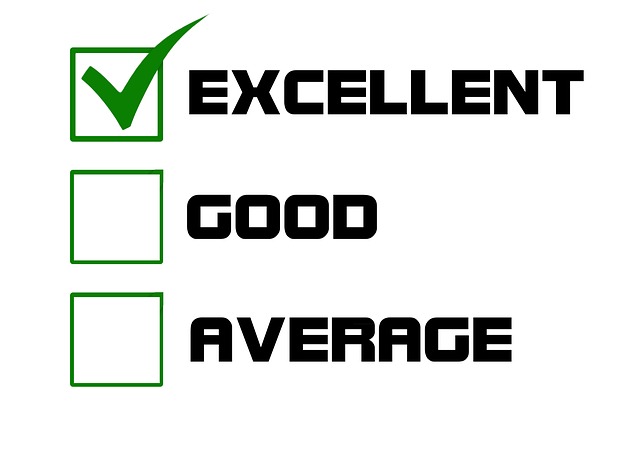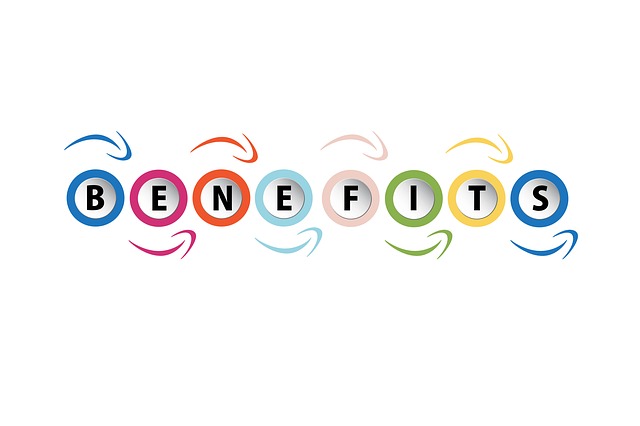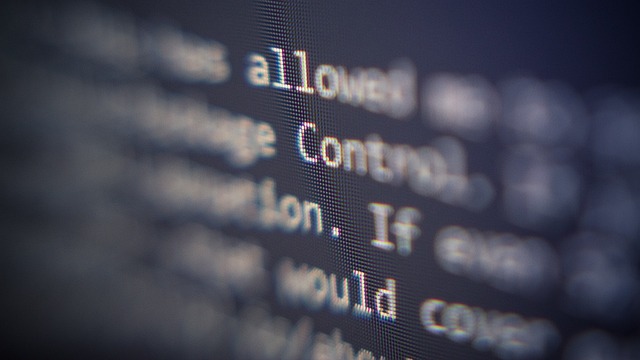Modern Fonts for Nonfiction Writers: A Comprehensive Guide
If you’re writing a nonfiction book, chances are you’ll be using it as a calling card to attract new leads and grow your business, be it a professional practice, a small services business, or a consultancy, among many others.
Your book, then, will become part of your brand and as such you’ll want to choose a modern font that looks clean and striking.
From sans-serif to serif, from script to calligraphy, and from classic to futuristic, modern fonts come in many different styles, conveying a sense of elegance, creativity, or minimalism, depending on your needs and preferences.
The problem is, there are literally hundreds of modern fonts out there, and with so many options available it can be hard to know where to start. That’s why I’ve put together this guide to modern fonts for nonfiction writers like yourself.
In this article, we’ll explore what modern fonts are, how to select them, and which ones are best suited for nonfiction books. We’ll also discuss their pros and cons so you can make an informed decision.
Let’s dive in!
What Are Modern Fonts?
Modern fonts are a new generation of typefaces that have emerged in recent years and have become increasingly popular among designers, writers, and readers.
They are called “modern” not because they’re necessarily new, but because they reflect the aesthetic and cultural values of our era.
One of the defining features of modern fonts is their simplicity. Unlike traditional fonts that may have decorative flourishes or embellishments, modern fonts are often designed with a minimalist approach.
They have a streamlined and straightforward look that focuses on the essential elements of the letters. Another notable feature is their versatility. They can be used in a variety of contexts, from print to digital, and from business to personal branding.
They’re particularly well-suited to contemporary genres like self-help, psychology, and retail investing, where a clean and readable font can help you convey authority, clarity, and professionalism. But they can also work on more traditional nonfiction genres like health and well being.
What Are the Top 12 Modern Fonts?

Below, you’ll find the twelve most popular modern fonts, broken down by style and use cases, so you can quickly find the font the best represents your nonfiction brand:
Modern Serif Fonts
The following serif fonts are often used in a variety of design contexts, including book covers, logos, postcards, business cards and posters, as well as traditional nonfiction books:
Modern Sans Serif Fonts
The following sans serif modern fonts are popular in the digital world, including author websites and user interfaces (say, if you offer tools like a mortgage calculator), but can also be used for more contemporary nonfiction books and their covers:
Modern Calligraphy Fonts
Modern calligraphy fonts are a type of script font that’s designed to look like highly stylized handwriting.
They’re often used for invitations to events, like book launches and speaking engagements, but can also be used for books and covers in certain nonfiction genres, such as memoirs and autobiographies:
Modern Script Fonts
Modern script fonts are also designed to look like handwriting, but are a lot less embellished than modern calligraphy fonts.
They’re primarily used for books in certain nonfiction categories, like workbooks and cookbooks. They also tend to be used for cover letters and labels/packaging for fashion-based products:
How Do You Select a Modern Font for a Nonfiction Book?
Choosing the right font for your book and associated marketing materials is an important branding decision. Here are some key factors to consider:
Readability
One of the most important factors to consider when selecting your font is readability. You want to choose a font that’s easy to read and doesn’t strain the eyes.
This is particularly important in your genre, because nonfiction books are often filled with in-depth information that can be slow for readers to digest.
Legibility
In addition to readability, you also want to consider legibility. Legibility refers to how easy it is to distinguish one letter from another. You want to choose a font that’s easy to read, even at smaller font sizes.
Style
The style of a font is another important branding factor. You want to choose a font that’s consistent with the tone and style of your book.
For example, if you’re writing a book in a serious subject like finance or health (i.e. the “Your Money, Your Life” category), you may want to choose a more traditional font. On the other hand, if you’re writing a lighthearted book, a cookbook, and so on, you may want to choose a more playful font.
Personal Brand
You want to choose a font that’s consistent with your personal brand and the brand of your book. For example, if you’re known for being in the cutting-edge of your area of expertise, you may want to choose a modern sans serif font.
Conversely, if you’re communicating to a more traditional audience, say in the fields of medicine or retirement planning, you may want to gravitate towards serif styles.
Time to Test and Review
Once you’ve chosen a few modern fonts that suit your needs, it’s time to test and review. Here are some tips to follow for this process:
Test the font at different sizes: A font that looks great at a large size might not be as effective in a smaller size. Make sure to test your font at various sizes to see how it holds up.
Readability: A modern font may look stunning, but it’s crucial that your readers can easily read your text. Make sure to test your font for readability, especially for longer paragraphs.
Consistency: Consistency is key to creating a polished and professional look. Make sure that your font is consistent throughout your book (i.e., don’t switch font sizes back and forth for equivalent text.)
So, for example, make all photo caption text the same size throughout your book. Same goes for your main body text, callout box text, footnote and endnote text, and so on.
Pairing: If you’re planning on using more than one font in your book, make sure that they pair well together. Test out different combinations to see what works best. Some fonts just don’t look good together.
Get feedback: After you’ve narrowed down your choices, get feedback from others. This can be fellow writers or even your target audience. Listen to their comments and use them to inform your final decision.
Great! Now that you’ve chosen your modern font for your project, it’s time to summarize their advantages and disadvantages.

Advantages of Modern Fonts for Nonfiction Books
- Modern fonts are clean and easy to read, which is perfect for nonfiction writing. This ensures that your readers can easily absorb your content without being distracted by the font itself
- They can make your book stand out: With so many books being published every day, it’s essential to make your book as visually striking as possible
- They can create a modern and fresh look. This is particularly useful if you’re writing about a contemporary topic
- There are many options to choose from: With so many modern fonts available, you’re sure to find one that fits your personal style and the tone of your book
Disadvantages of Modern Fonts for Nonfiction Books
- They can be overused: Modern fonts have become increasingly popular, which means that some of them are often overused, making your book blend in with others
- They may not be suitable for all nonfiction topics: Some nonfiction topics require a more traditional and formal font. If your book is about a serious, perhaps more academic topic, you may want to consider using a traditional serif font
- They can be difficult to read in certain situations, such as when they’re printed on thin paper or when they’re used in small sizes, especially in digital devices with small screens
Wrapping Things Up
While the twelve most popular modern fonts I’ve highlighted in this article are a great starting point, testing and reviewing your font at different sizes and for readability are important steps to ensure you make a successful selection.
In summary, by choosing a modern font that resonates with your personal brand and message, you’ll be able to create a powerful visual identity that’ll help you support your brand, stand out from the crowd, and attract and engage new readers.

Harry Wallett is the Managing Director of Cascadia Author Services. He has a decade of experience as the Founder and Managing Director of Relay Publishing, which has sold over 3 million copies of books in all genres for its authors, and looks after a team of 50+ industry professionals working across the world.
Harry is inspired by the process of book creation and is passionate about the stories and characters behind the prose. He loves working with the writers and has shepherded 1000s of titles to publication over the years. He knows first-hand what it takes to not only create an unputdownable book, but also how to get it into the hands of the right readers for success.
Books are still one of the most powerful mediums to communicate ideas and establish indisputable authority in a field, boosting your reach and stature. But publishing isn’t a quick and easy process—nor should it be, or everyone would do it!








Leave a Reply